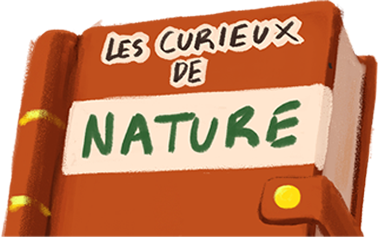




Tu aimes apprendre en t’amusant? Tu es super intéressé(e) par les espèces sauvages? Notre nouvelle appli est pour toi! Tu y trouveras plein de vidéos, jeux et activités sur la faune du Canada! Demande à un(e) adulte de t’aider à la télécharger sur un téléphone intelligent ou une tablette! C’est gratuit!
Google Play et le logo de Google Play sont des marques de commerce de Google LLC




